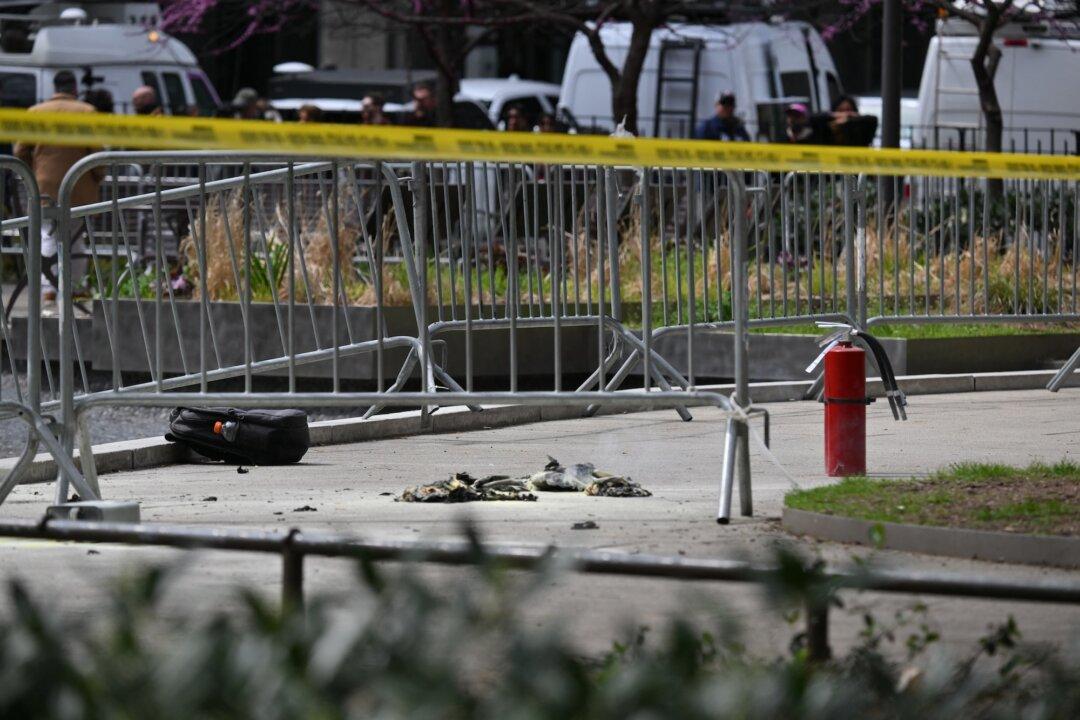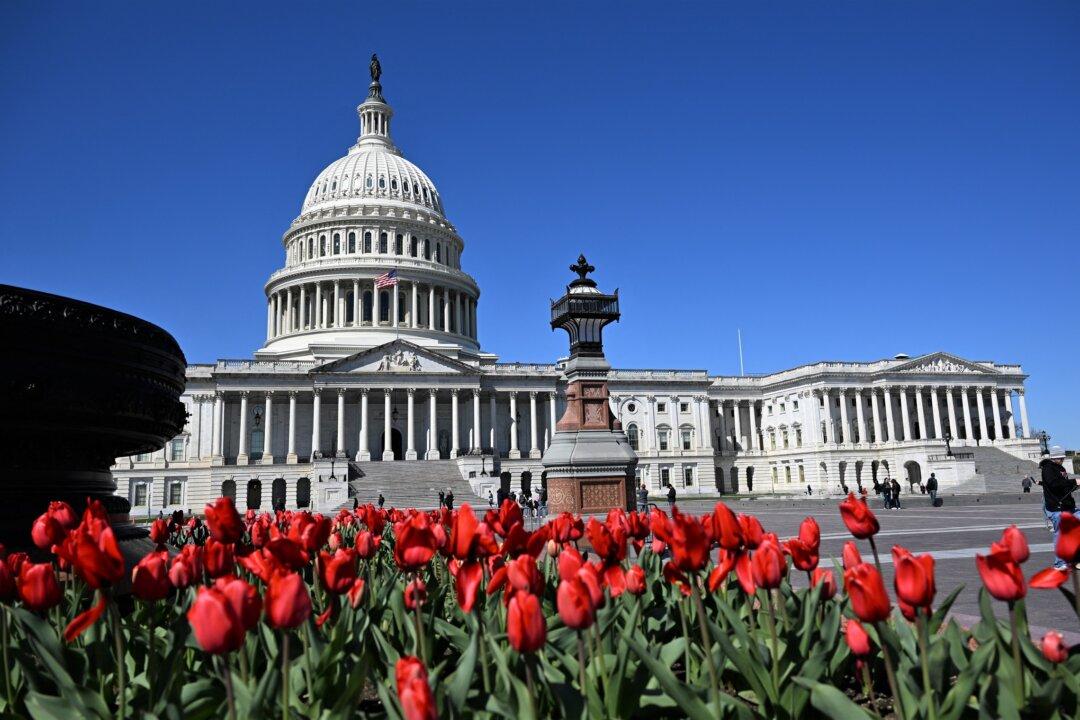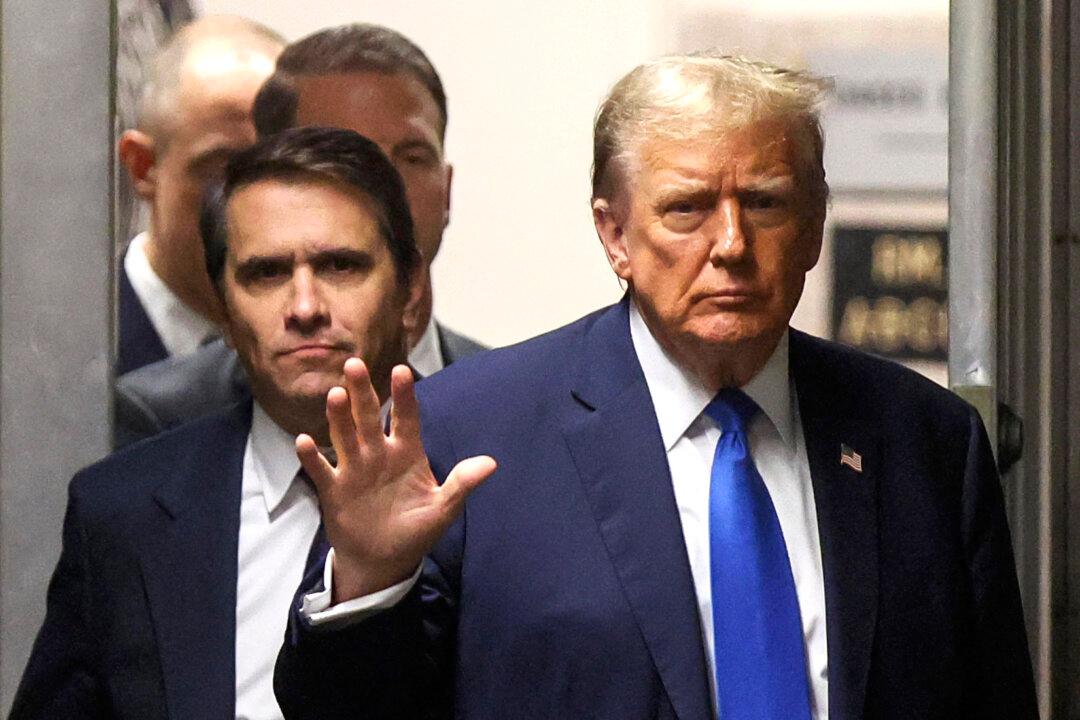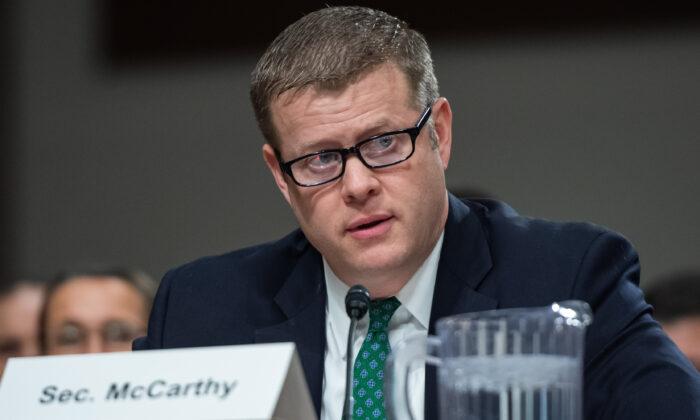Sunday, April 22, 2012
THEN
On April 22, 1989, 100,000 Chinese students went to Tiananmen Square in Beijing for the state funeral of Hu Yaobang, the former general secretary of the Chinese Communist Party who was beloved as a reformer. Two years earlier, Hu had lost his job for failing to take a hard line against student protests in 1986. Hu’s sudden death on April 15, 1989 rekindled students’ calls for reform. On the day of the funeral, a wall of security surrounded the demonstrators as they waited for the hearse carrying Hu’s body to be driven by Tiananmen Square. It never did—angering the student even more. For the next six weeks, Tiananmen Square belonged to swelling number of protesters—students, workers, and others from across the country—demanding freedom and democracy. The protests ended abruptly on June 4 when the Party ordered the army to clear the square. It unknown how many people were were in what the world would soon call the Tiananmen Square Massacre.
NOW
Earlier this month, in a striking example of the game-changing events now unfolding in China, dozens of state-run newspapers ran articles commemorating the death Hu Yaobang. Hu’s death is a reminder to the nation of the Tiananmen Square Massacre, and any mention of even his name has been virtually taboo. An article in China News Service, reported that 280 senior Communist Party officials paid respects at his tomb. That Hu is now being commemorated is being read as a signal that current leader Hu Jintao and Premier Wen Jiabao are willing to rekindle the Chinese people’s long-suppressed hopes for political reform. It is also being read as the opening move in a process that could see the massacre itself addressed openly and its victims rehabilitated. To date, the massacre has remained one of the most sensitive topics for the Chinese Communist Party. Many young Chinese have been raised on the belief that police, rather than protesters, were the victims that day.




Friends Read Free